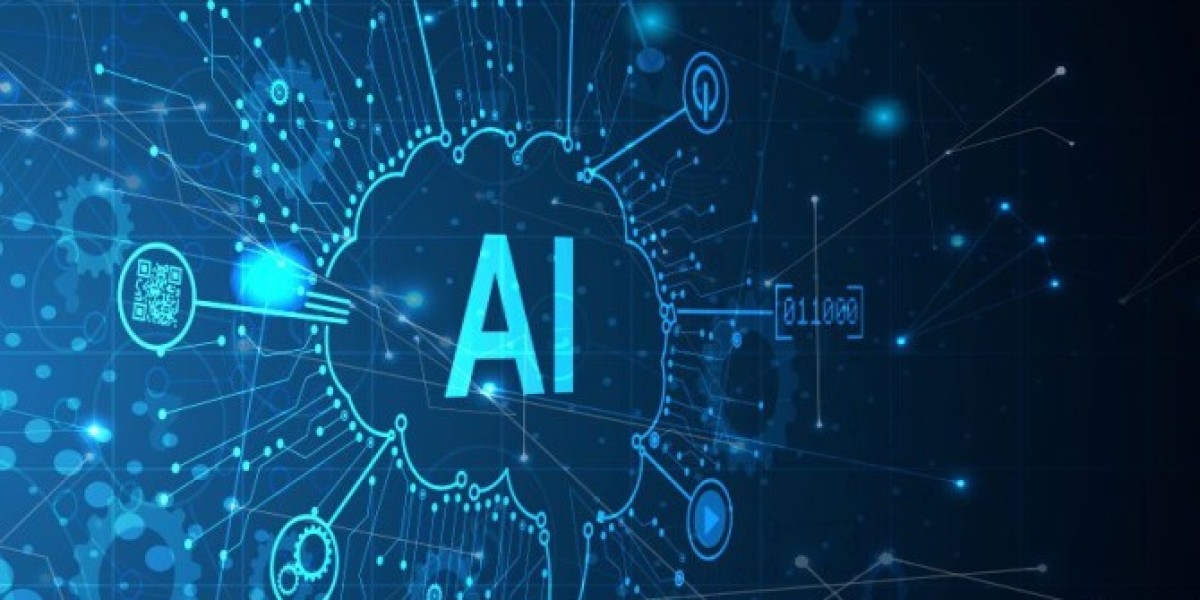In the digital era, artificial intelligence (AI) has become a game-changer across industries, from business automation to creative writing. But as AI-generated content continues to flood the internet, one major question arises: how do we distinguish between human-written content and text created by machines? The answer lies in a tool known as the detector de IA. This technology is gaining attention worldwide for its ability to identify AI-produced content and ensure authenticity in communication.
In this article, I will explore what a detector de IA is, how it works, why it matters, and its role in shaping the future of online trust.
What is a Detector de IA?
A detector de IA is a digital tool designed to analyze text and determine whether it was written by a human or generated by artificial intelligence models like ChatGPT, GPT-4, Bard, or other large language models (LLMs). These detectors use advanced algorithms that look for patterns, sentence structures, word frequencies, and stylistic choices that typically differentiate AI-generated text from human writing.
For example, AI tools often produce highly structured, grammatically correct sentences but may lack creativity, depth, or emotional nuance. A detector de IA picks up on these subtle clues to make a judgment about the text’s origin.
How Does a Detector de IA Work?
The technology behind a detector de IA relies on a combination of machine learning, natural language processing (NLP), and statistical analysis. Here’s a simplified breakdown of how it works:
Text Analysis – The system scans the submitted text, breaking it down into words, phrases, and sentence structures.
Pattern Recognition – The detector compares the writing style with known AI output styles, identifying repetitive structures, lack of variance, or overly formal tone.
Probability Scoring – The detector assigns a probability score, such as “80% likely to be AI-generated” or “90% likely to be human-written.”
Reporting – Finally, the detector provides feedback so users can determine the authenticity of the content.
This process allows businesses, educators, and individuals to protect themselves from misinformation, plagiarism, or low-quality AI content.
Why Do We Need a Detector de IA?
The rise of AI-generated content has created both opportunities and risks. On the one hand, AI tools make it easier to create content quickly, but on the other, they can contribute to misinformation, plagiarism, and loss of originality. Here are some reasons why a detector de IA is becoming essential:
1. Academic Integrity
Schools and universities face challenges as students may submit AI-written essays or assignments. A detector de IA helps educators maintain academic honesty by ensuring that submitted work is genuinely human-created.
2. Business Authenticity
In the corporate world, originality is crucial. Marketing materials, reports, and branding content must reflect a company’s unique voice. A detector de IA ensures that businesses maintain authenticity in their communications.
3. Combatting Misinformation
With AI capable of generating fake news or misleading information, society risks being misinformed. A reliable detector de IA acts as a safeguard against false narratives spreading online.
4. Protecting Creative Industries
Writers, journalists, and content creators work hard to develop original ideas. A detector de IA helps protect intellectual property by flagging AI-generated imitations.
Benefits of Using a Detector de IA
Ensures Originality – By identifying AI-created text, organizations can guarantee originality in their work.
Saves Time – Teachers, editors, and recruiters can quickly verify authenticity without spending hours analyzing documents manually.
Improves Trust – Readers and audiences gain confidence knowing that the content they consume is human-written.
Supports Ethical AI Use – Encourages responsible adoption of AI without crossing into unethical or deceptive practices.
Limitations of Detector de IA
Like any technology, a best detecteur ia has its limitations. It is not always 100% accurate, and sometimes false positives or negatives occur. For instance, highly skilled writers may mimic AI patterns, or AI tools may evolve to sound more human-like.
However, constant innovation is making detectors more reliable. Advanced platforms such as ISGen.ai are improving accuracy rates and helping users trust their verification process more than ever before.
Future of Detector de IA
The future of the detector de IA looks promising. As AI continues to evolve, so will the tools that detect it. Some possible advancements include:
Multilingual Detection – Detecting AI-generated content across multiple languages with greater accuracy.
Real-time Verification – Integrating detectors into content management systems, emails, and social media platforms to verify authenticity instantly.
Stronger Algorithms – Using deeper machine learning techniques to keep up with rapidly advancing AI models.
Cross-Industry Applications – Expanding into law, journalism, healthcare, and government to ensure credibility and transparency.
Detector de IA vs. Traditional Plagiarism Checkers
It is important to note that a detector de IA is not the same as a plagiarism checker. While plagiarism tools compare content against existing sources, AI detectors analyze how the content is written. This means that even if the text is original (not copied), a detector can still identify if it was generated by AI.
Conclusion
In today’s digital landscape, where AI content is growing at an unprecedented rate, a detector de IA is no longer a luxury—it is a necessity. From education to business and journalism, this technology ensures that originality, integrity, and trust remain intact. While no system is perfect, advanced platforms like ISGen.ai are paving the way toward a more transparent and trustworthy internet.
As AI becomes smarter, the role of the detector de IA will only grow in importance. It represents the fine balance between embracing AI innovation and safeguarding human creativity.









